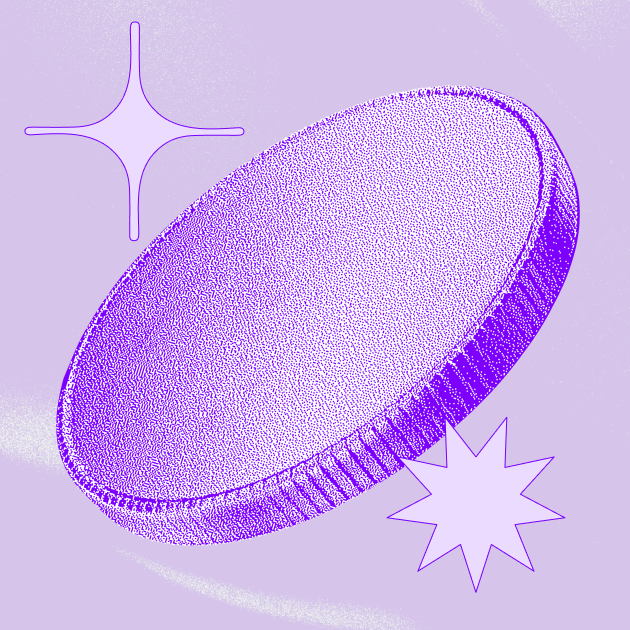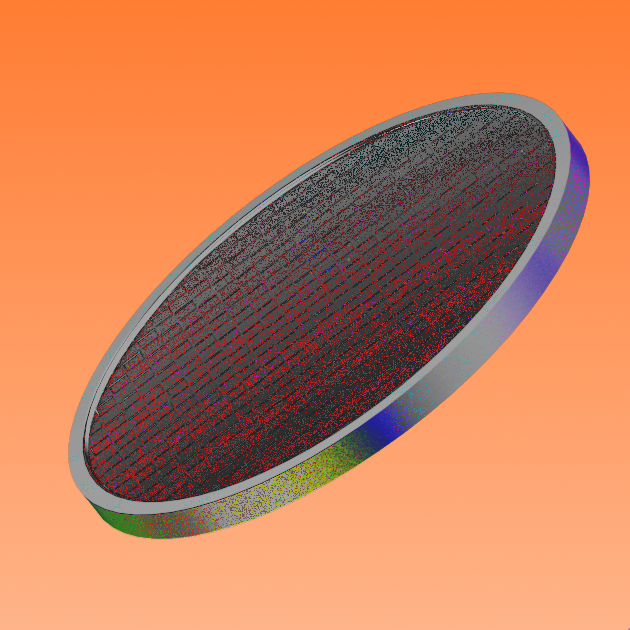What are Bitcoin Ordinals? A guide to Bitcoin NFTs
Learn what Bitcoin Ordinals are, how Bitcoin NFTs are different from Ethereum NFTs, and why they are polarizing in the Bitcoin community.
By Sankrit K
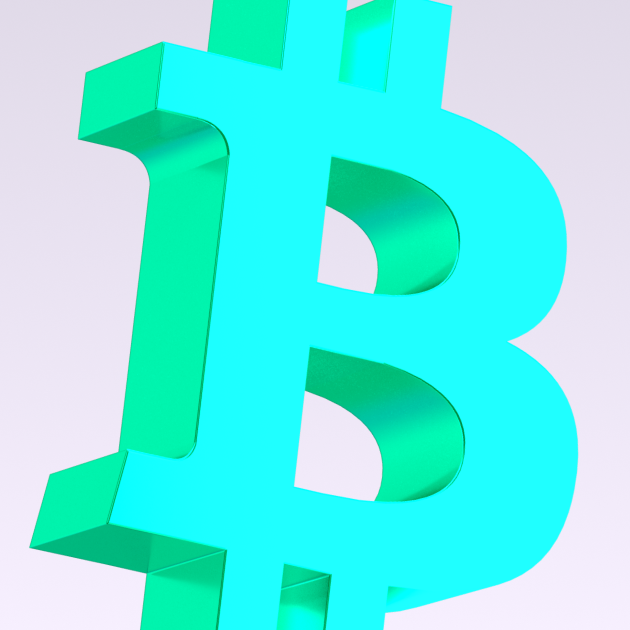
Riding on the coattails of the Bitcoin Taproot upgrade, the Bitcoin community has become polarized once again. This time the controversy is due to the Ordinals protocol.
Proponents of the Bitcoin Ordinals protocol argue that it is a necessary evolution for the Bitcoin ecosystem to stay relevant and cater to the modern financial landscape. The increase in developer activity in the ecosystem, as well as large-scale Ordinals events would seem to support this.
On the other side, critics are concerned the protocol could impact Bitcoin's security and violate Satoshi Nakamoto's vision for the cryptocurrency.
This article explores the Ordinals protocol, what Bitcoin NFTs are, how they differ from traditional NFTs, and what this all means for the future of Bitcoin.
What Are Bitcoin Ordinals?
Bitcoin Ordinals (or the Ordinals protocol) is a groundbreaking way to create non-fungible tokens (NFTs) on the Bitcoin blockchain, similar to how NFTs can be minted on the Ethereum network. This protocol functions through what are known as "ordinals" and "inscriptions."
Let's understand the ordinal and inscription concepts with the help of an analogy.
Just like each dollar is made up of 100 cents, each Bitcoin (BTC) is made up of 100 million satoshis, or 'sats' for short.
The Ordinals protocol, developed by Casey Rodarmor in January 2023, gives each satoshi a number logical order (hence, the moniker "ordinal"). This is similar to the unique serial number you'd find on a dollar bill, though in this case the numbering is the order in which the satoshis are mined.

The protocol also lets users attach other data, like an image or text (called metadata), to each numbered satoshi, essentially inscribing the data. That's what is known as "inscriptions."
What makes Ordinals NFTs unique?
What makes Ordinals NFTs unique is that they are Bitcoin-native. This means they are inherent to the Bitcoin blockchain and are fully integrated within the Bitcoin network.
Ordinals NFTs are also called "BRC-20 tokens". The naming is similar to "ERC-20" tokens on Ethereum, but they are in no way alike in terms of functionality.
While other Bitcoin-based NFTs rely on Layer-2 networks or additional protocols to enable NFT functionality, Bitcoin NFTs operate directly on the main Bitcoin blockchain.
This is easier to understand when compared with traditional NFTs on the Ethereum blockchain.
With Ethereum, an NFT is a smart contract that houses only the metadata. The media (image, video, GIF, etc.) is stored elsewhere - usually on a centralized server like AWS or a decentralized file storage protocol like IPFS. The smart contract contains the URL (link) of the media, which is used as a reference.
But, Ordinal NFTs are entirely different from regular NFTs. The media is stored in the Bitcoin blockchain itself, inscribed on satoshis. This actually makes Ordinals NFTs much more secure and immutable than traditional NFTs on Ethereum or any other blockchain.
How do Bitcoin Ordinals work?
To understand how they work, let's first look at Segregated Witness (SegWit) and Taproot, which are important updates to the Bitcoin network and form the foundation for the Ordinals protocol.
1. SegWit: With SegWit, block size increased from 1MB to 4MB (1MB for transaction data and 3MB to store signature data or "witness" data). But there were limitations to the kind of data that could be stored in the witness data section. For instance, images, videos, and other such data could not be accommodated.
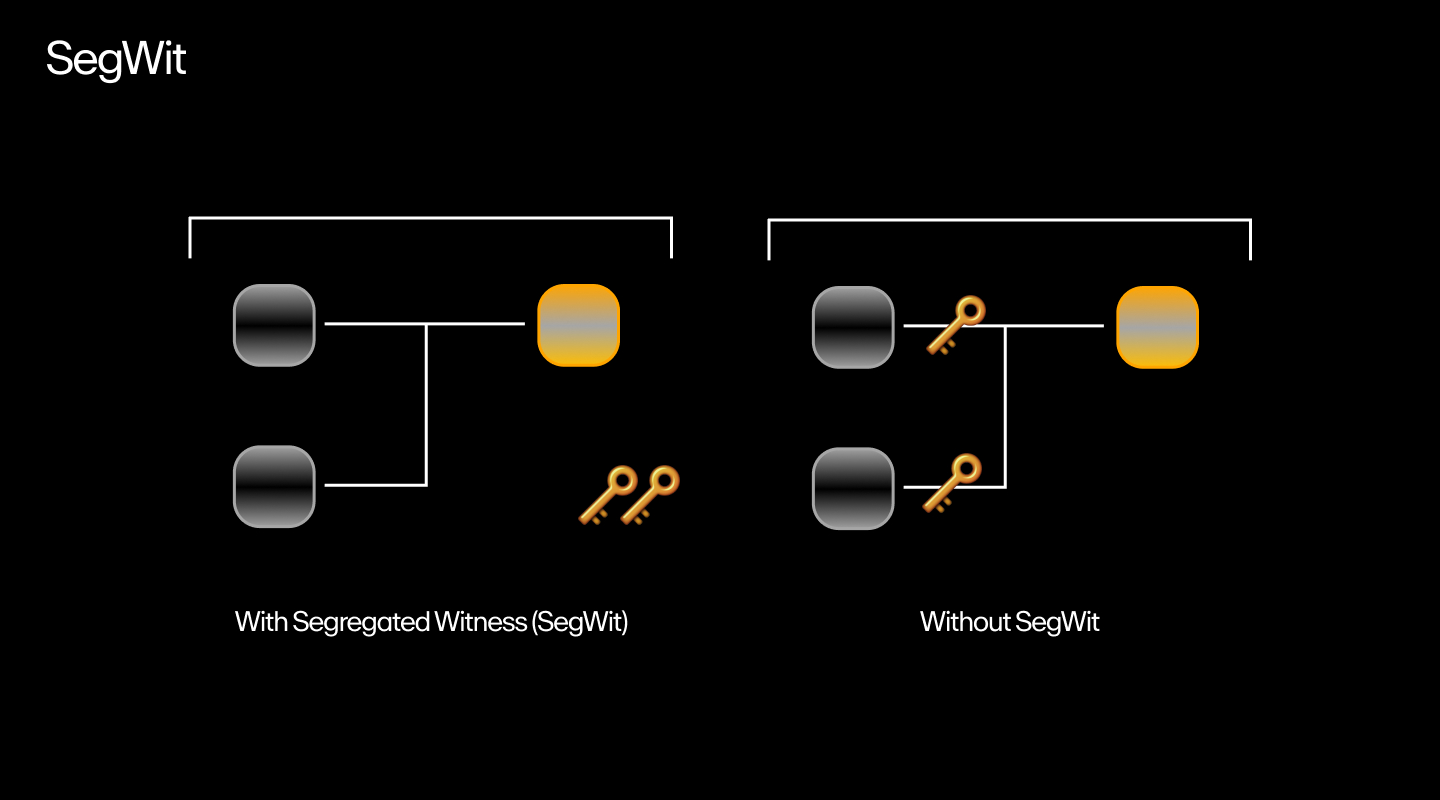
2. Taproot: Taproot further improved Bitcoin's capabilities by making it easier to store arbitrary data within transactions. It eased the limitations on the type of data that could be included. This upgrade paved the way for creating Ordinals NFTs by providing a solid foundation for storing the necessary metadata and arbitrary data within Bitcoin transactions.
Now, let's see how these updates relate to Bitcoin ordinals.
Ordinal NFTs leverage the features introduced by SegWit and Taproot to attach data (such as images, videos, or other arbitrary information) to individual satoshis, the most minor Bitcoin units. Each satoshi can be assigned a unique number using an ordering system called "ordinal theory."
This numbering of satoshis is not formally recognized by the Bitcoin protocol itself but is a community-driven practice.
Users can send a transaction of a specific satoshi to a Taproot-compatible wallet (such as Ledger or Trezor) and attach desired metadata to create an Ordinal NFT. This metadata is then stored within the witness data section of the transaction.
The unique aspect of Bitcoin Ordinals is that they are fully integrated into the Bitcoin blockchain without relying on additional layers or protocols. They offer a way to make certain satoshis "non-fungible" by attaching distinct data to them, creating unique NFTs on the Bitcoin network.
Bitcoin Ordinals vs. Traditional NFTs - How are they different?
The following table helps illustrate some of the major differences between Bitcoin Ordinals and traditional NFTs:
Feature | Bitcoin Ordinals NFTs | Ethereum NFTs |
Blockchain | Bitcoin blockchain | Ethereum blockchain or other blockchains |
Native integration | Fully integrated into the base Bitcoin blockchain | Relies on Layer-2 networks or additional protocols |
Media storage | Stored within the Bitcoin blockchain itself on individual sats | Media (image, video, etc.) stored externally (e.g., IPFS, AWS) |
Security | More secure and immutable due to direct blockchain storage | Relies on external storage, which can be vulnerable |
Fungibility | Tokens can be fungible or non-fungible depending on ownership | Non-fungible tokens are unique and distinct |
Protocol dependence | Independent of additional protocols or smart contracts | Relies on specific smart contracts and protocols |
Transaction structure | Media is inscribed within a Bitcoin transaction | Smart contract holds metadata with URI reference to media |
How to create Bitcoin Ordinals NFTs
The conventional way of creating an Ordinals NFT requires technical expertise and sizable investment. If you're interested in this route, you can find the technical guide here.
But we will give you an easier way to create your first Bitcoin NFT using the Ordinals protocol.
There are three steps to creating a Bitcoin Ordinals NFT:
- Top up your BRC-20 Bitcoin wallet with BTC
- Use a marketplace or a no-code tool to inscribe on a satoshi
- Confirm inscription through a transaction and pay network fees
Let's break it down.
1) Get a BRC-20 wallet
The first thing you'll need to create, send or receive Ordinals NFTs is a BRC-20-compatible wallet (a wallet with "coin control" feature).
Not all Bitcoin wallets recognize BRC-20 tokens, which are your de facto Ordinals NFTs. Many wallets will treat them as any other regular satoshi.
Why is this a problem?
Well, if you attempt a Bitcoin transaction, the wallet might inadvertently spend the inscribed satoshi either as network fees or as part of the amount you are sending to the user. Then you will lose your precious NFT forever, with no way to recover it.
Here are five wallets with the coin control feature:
Once you have a wallet ready, top it up with some BTC. You will need Bitcoin to inscribe on satoshis and to pay the network Bitcoin fee when executing transitions.
Don't have any Bitcoin? You can buy BTC easily via MoonPay.
2) Inscribe using third-party tools
The second step is to find a marketplace or a no-code tool for inscribing data on satoshis.
Here are four places to inscribe satoshis and create your first Bitcoin Ordinals NFT:
The UI is mostly the same for all no-code inscriptions services, and they share the following steps:
- Find and go to the inscribe section (usually nested under "Create" or "Inscribe")
- Drop your media into the designated section
- Enter your BTC address - you will get your inscribed sats here
- Choose how fast you want to get your Ordinals NFTs (faster = more expensive)
Always use reputed software and platform when interacting with DeFi and NFT protocols. Connecting your wallet to malicious or unsecured websites may result in loss of funds.
Don't have a Bitcoin wallet address? It's easy to set one up and create your first wallet.
3) Execute transaction and receive NFT
The third step is to confirm your inscription by executing a Bitcoin transaction.
Depending on the marketplace, you will be prompted to choose from a range of options that show fees in BTC or sats accompanied by a corresponding USD value. These fees usually include network fees, inscription fees, and platform service fees.
It's important to note that this USD value is not absolute and is only an estimate. You also cannot pay in USD on most websites - the accepted currency for payments is BTC only.
Once the transaction is successful, your wallet will receive the inscribed satoshis as an Ordinals NFT.
Congratulations! You have just created your first Bitcoin Ordinals NFT!
The debate around Ordinals NFTs
The Ordinals protocol brought about a major debate among blockchain enthusiasts.
Views of both the supporters and adversaries of the Ordinals NFT seem to be legitimate. One side argues that it is crucial for the network's mass adoption, while the other contends that this could jeopardize Bitcoin entirely.
Here's a more detailed explanation.
Supporters: Taking Bitcoin blockchain technology to the masses
Enthusiasts of Ordinal NFTs see an exciting opportunity to infuse the Bitcoin blockchain with a new layer of memetic and cultural value. By extending its immutable and decentralized database beyond just financial transactions, they argue that Bitcoin can transcend its original purpose and become a vibrant platform for creative expression.
Advocates of the Ordinals protocol highlight the potential for decentralized art, digital collectibles, and media-rich experiences embedded directly within the Bitcoin network.
They believe Ordinals unlock a realm where scarcity, authenticity, and creativity converge, thereby diversifying the use cases of Bitcoin and attracting a wider user base.
This viewpoint is further reinforced by the fact that Bitcoin network activity (the number of transactions) is the highest it's ever been.
The chart below helps visualize the rise in network activity from early 2023, when the Ordinals protocol debuted:

The early success of Ordinals is likely to attract even more developers to the Bitcoin ecosystem. Further, Bitcoin transaction fees surpassed the block rewards for the first time since 2017, which is great news for Bitcoin miners.
Detractors: Going against Satoshi Nakamoto's principles
On the other side of the debate, critics express concerns about the potential betrayal of Bitcoin's core principles.
They contend that Bitcoin was designed as a robust, secure, and decentralized medium of exchange. Any divergence from these core tenets, they argue, risks compromising the network's integrity and security.
They are not entirely wrong, as Bitcoin is intentionally Turing incomplete.
Turing completeness means a language can execute any algorithm (or "program"), which Bitcoin cannot. This is why Vitalik Buterin developed Ethereum and the ERC-20 standard to make creating programs and crypto tokens easier.
Turing incompleteness means Bitcoin cannot execute any program and is limited in what it can do. It is not meant to be programmable, and is a key element that separates Bitcoin from Ethereum.
This was a deliberate decision by Satoshi Nakamoto and the Bitcoin community; they wanted to create a cryptocurrency that was secure, reliable, and efficient - not one that could be used for complex applications.
They also argue that BRC-20 tokens pose great danger to Bitcoin because, for the first time, 2 Bitcoins (or satoshis) may not be alike, and would lose their status as fungible. This could be detrimental because centralized bodies (like governments) could isolate Bitcoins based on their inscription, impose sanctions on select satoshis, and track their activity.
Bitcoin Ordinals FAQs (Frequently asked questions)
Are all Bitcoin NFTs Ordinals?
Bitcoin NFTs are not new. They date back to 2012 (even before Ethereum) and were called "Colored Coins." But they never caught on due to Bitcoin's limited block space and Turing incompleteness. The SegWit and Taproot upgrades eventually opened doors to creating better NFTs on the Bitcoin network.
How can you buy, sell and trade Ordinals?
You can buy, sell and trade Ordinals NFTs on Bitcoin NFT marketplaces like Gamma, Ordinals Market, and UniSat.
You'll need BTC to execute transactions and cover network fees, which you can purchase via MoonPay.
You should also ensure you are using a BRC-20 compatible wallet like Sparrow wallet, or any of the other options listed above.
What are some popular Bitcoin NFTs from the Ordinals protocol?
Although Bitcoin Ordinals have only just launched this year, there are already many NFT collections out there.
Here are some of the most popular Bitcoin Ordinals NFT projects:
Ordinal Punks
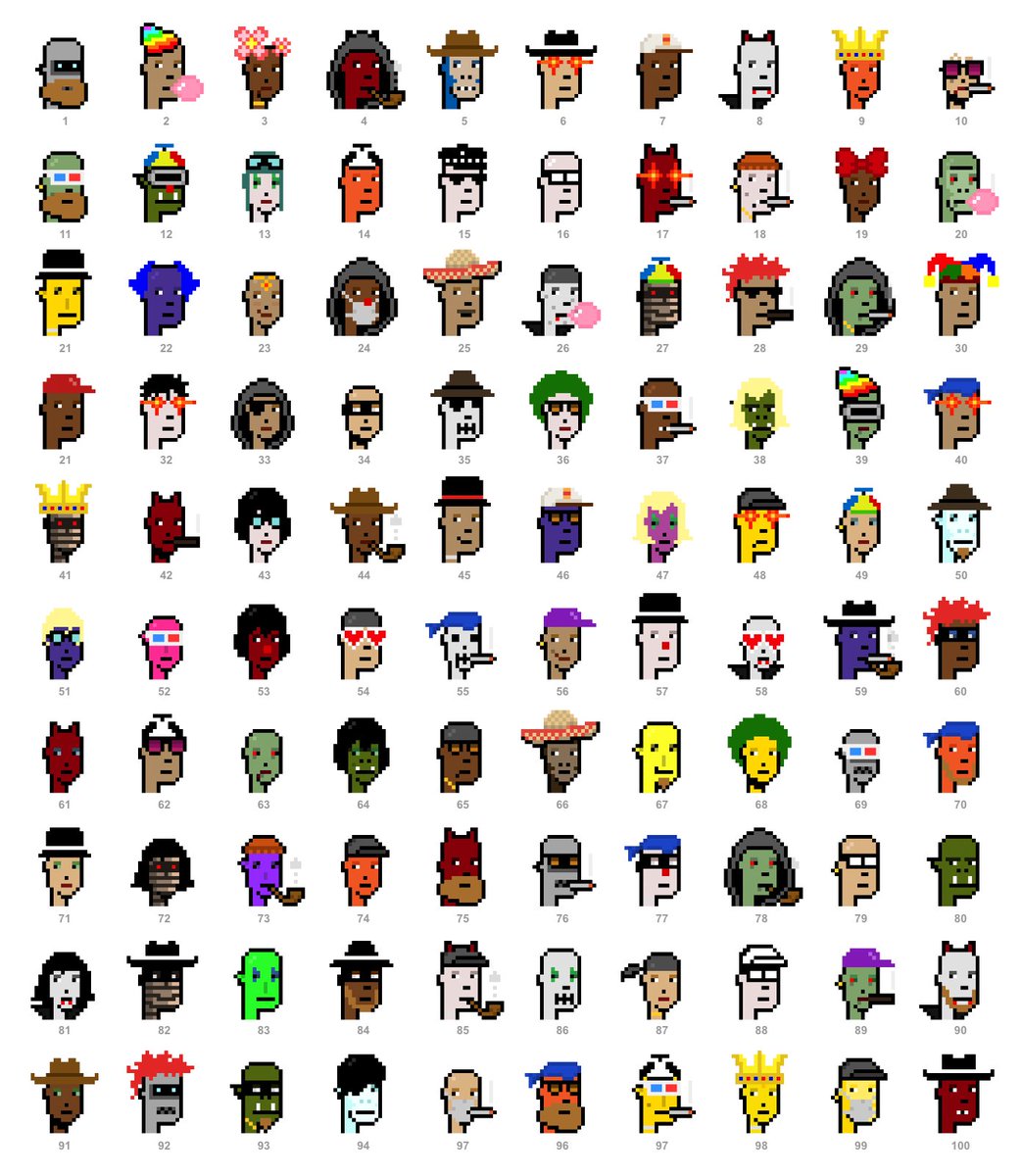
Bitcoin Shrooms
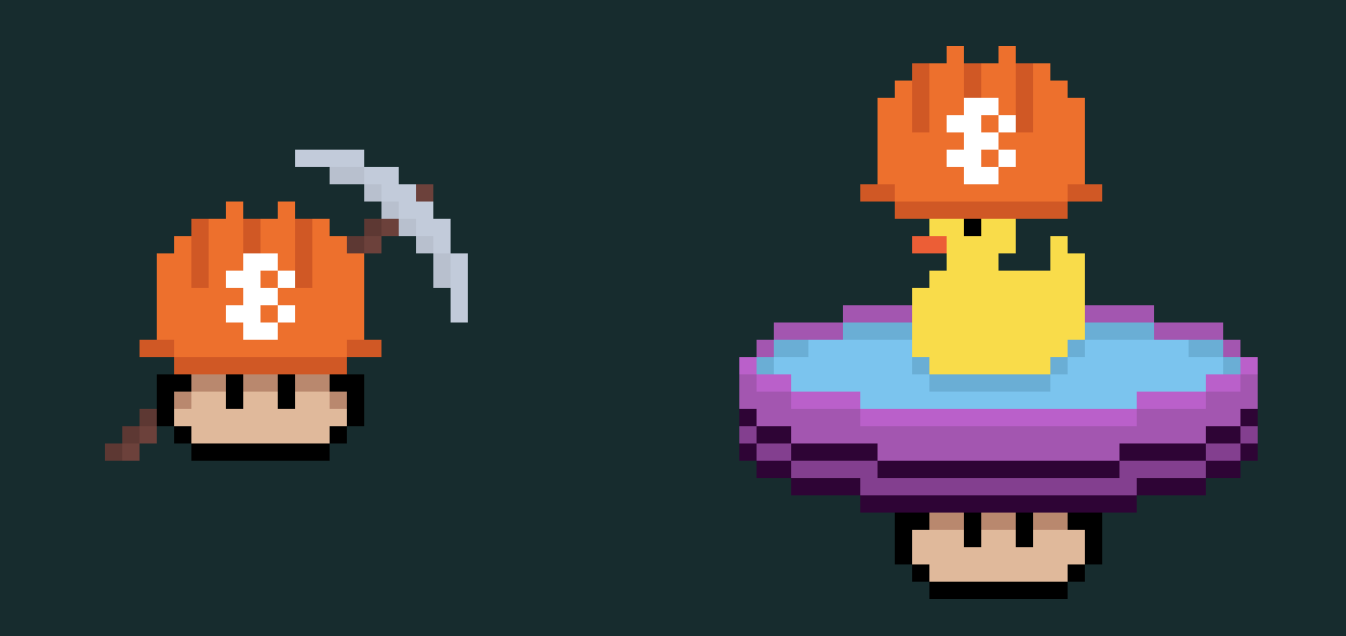
Bitcoin Rocks

Ordinal Loops
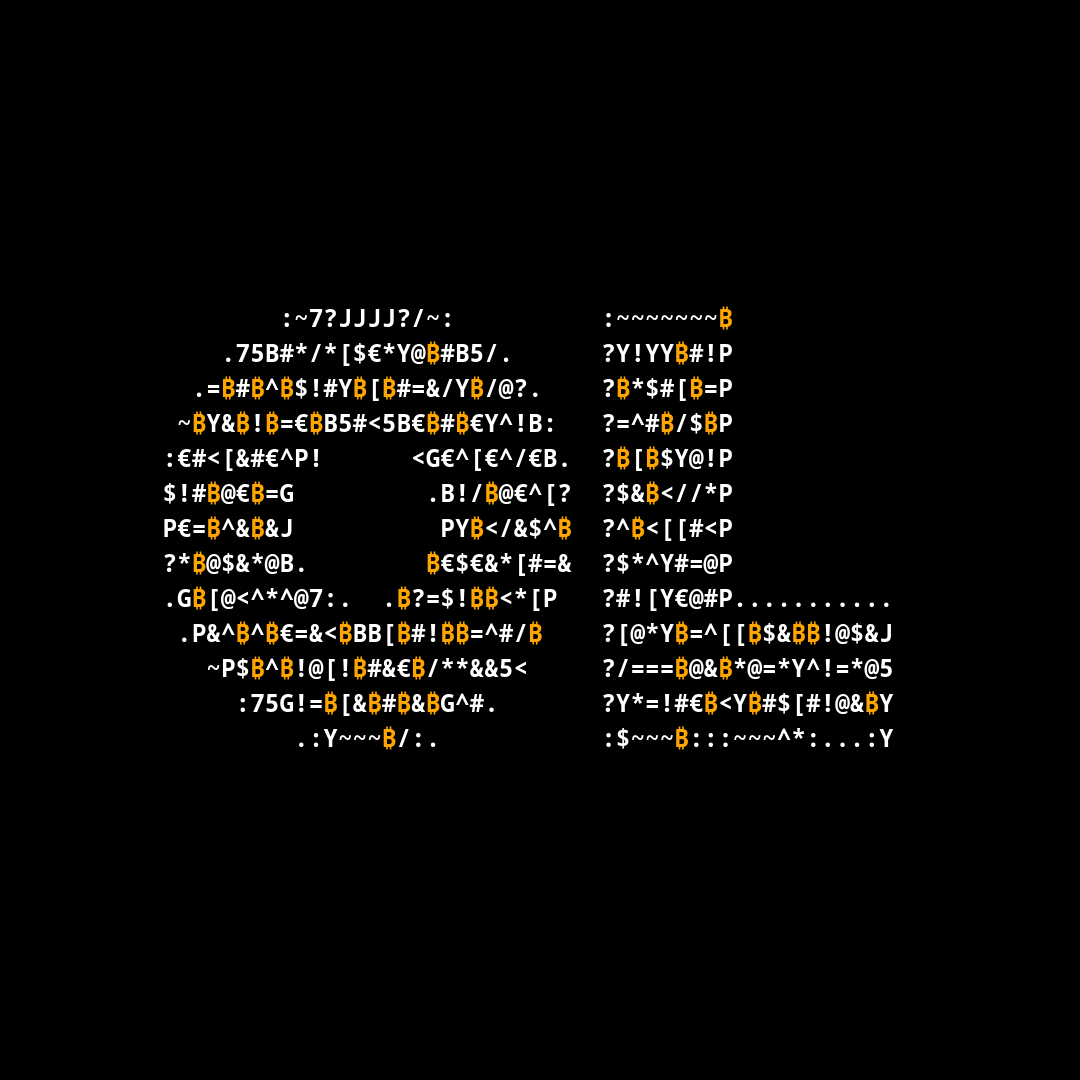
Taproot Wizards
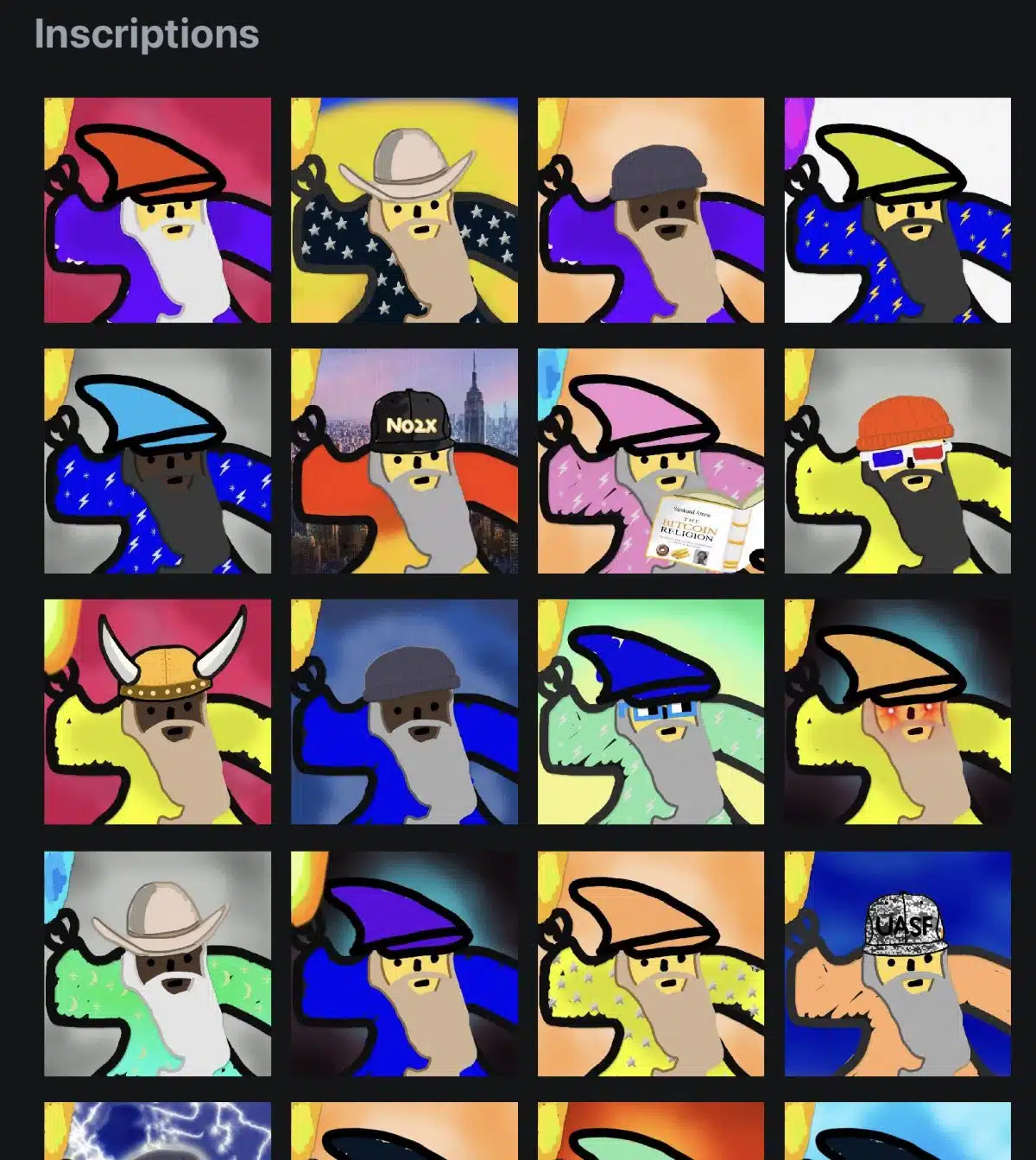
How to buy Bitcoin
In order to purchase Ordinals NFTs, first you'll need to own BTC.
You can buy Bitcoin (BTC) via MoonPay or through any of our partner wallet applications with a credit card, Apple Pay, Google Pay, and many other payment methods.
Just enter the amount of BTC you wish to purchase and follow the steps to complete your order.
How to sell Bitcoin
MoonPay also makes it easy to sell Bitcoin when you decide it's time to cash out your crypto.
Simply enter the amount of BTC you'd like to sell and enter the details where you want to receive your funds.



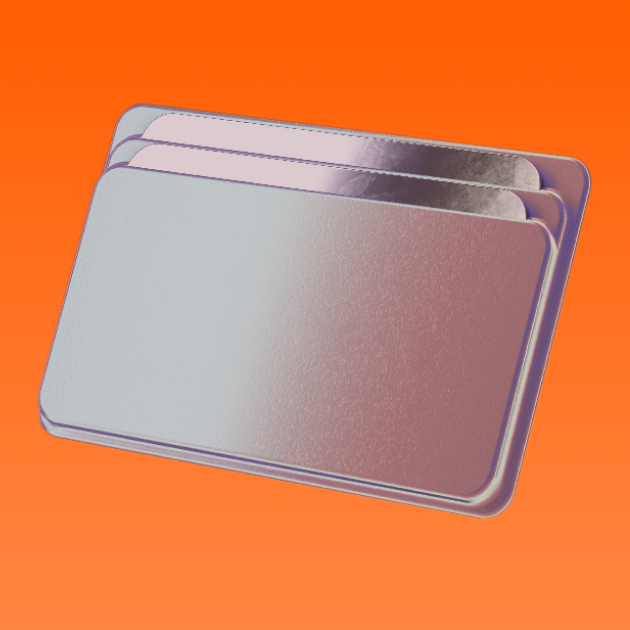
.png)
